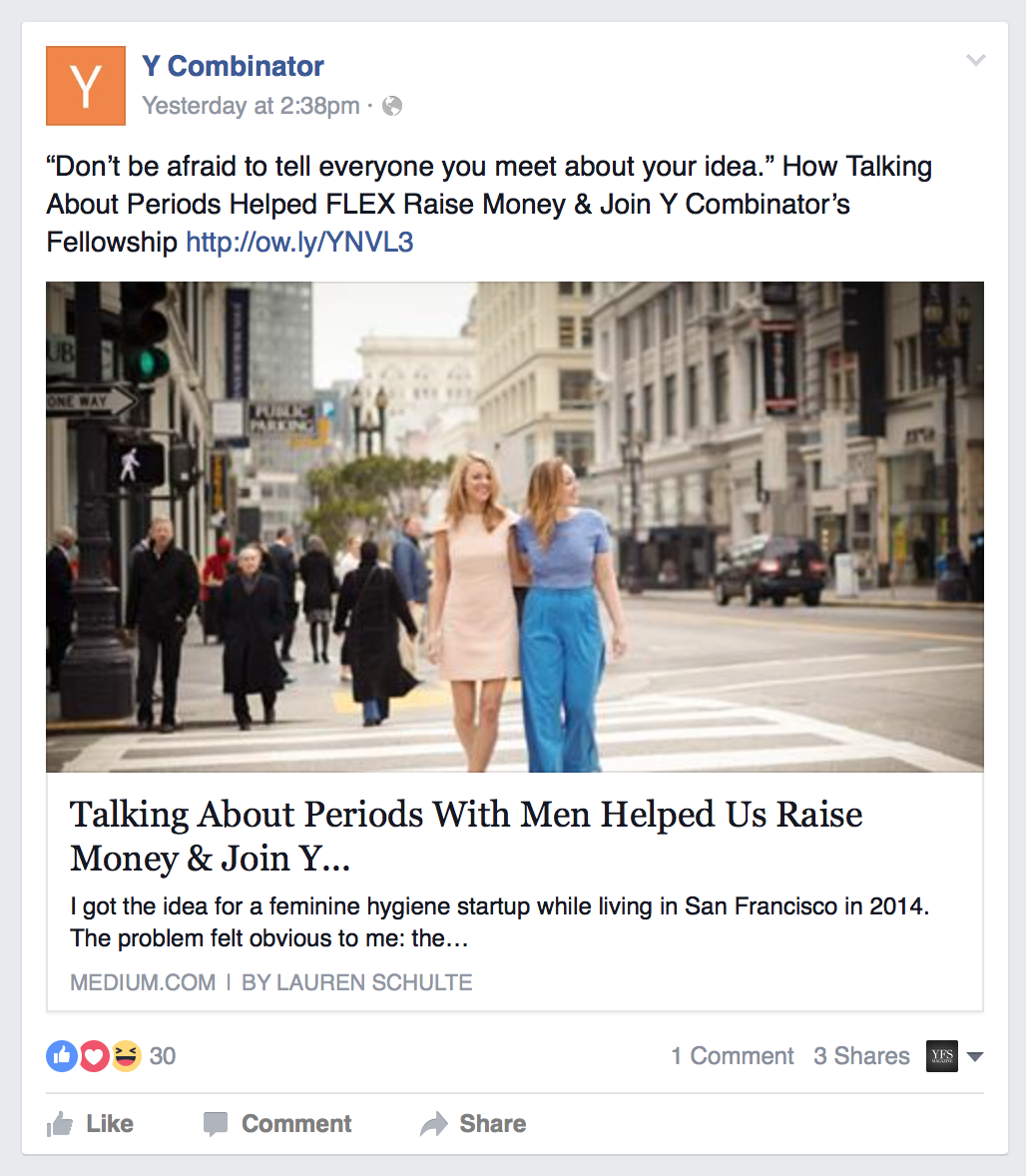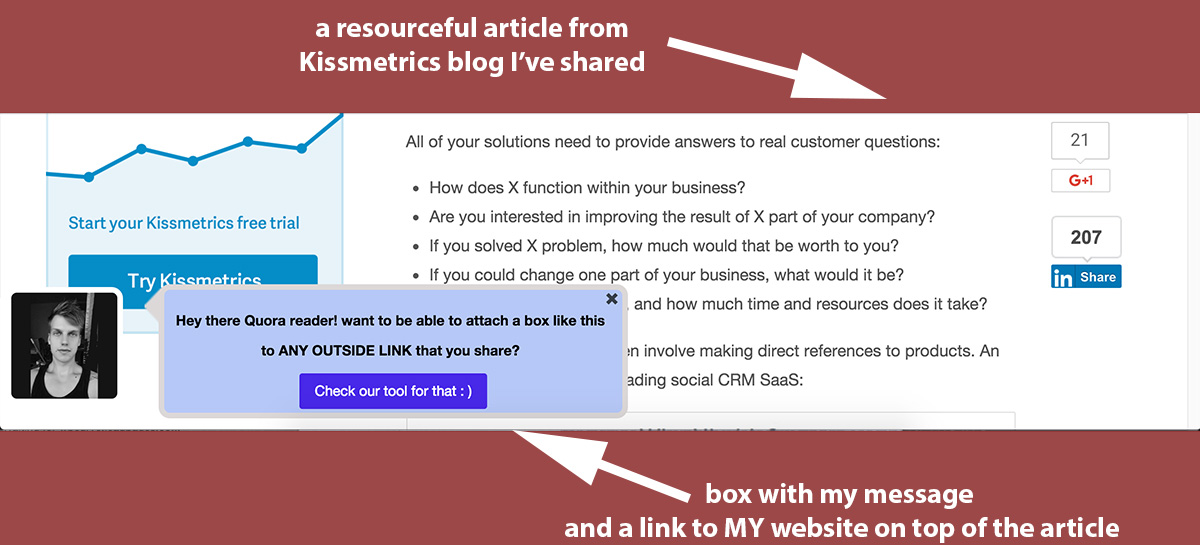Since content marketing and specifically content creation takes up 25% of my time as an Internet Marketer in the SaaS product space, I would never go as far to say that creating content is a waste of time. However, if you’re running a startup or managing all of your marketing and sh*t’s on fire, then creating content is probably not on the top of your daily to-do list.
You know how much time and effort creating content really takes. It can be mentally exhausting and exhaust your willpower for other tasks. Instead, consider what you can do then to squeeze more out of your juicy content marketing efforts and leverage your creative powers elsewhere.
That’s why I’ve written this article; for people who, like me, are too busy or responsible for too many things. Here’s a look at three practical content marketing hacks that will allow you to refine your strategy without creating more content.
1. Post the same stuff, again and again.
Seriously. Recycle your best content. If you post your content on your social media accounts just once, it will soon disappear among other updates on your news feed. Also, if you’re a growing business, you get new followers constantly, and they are not aware of your greatest hits and probably won’t dig up articles to find out.
Also, to the horror of internet marketers, organic reach on social media platforms like Facebook decreases every year. “Facebook encouraged businesses to build and reach audiences for ‘free’ on their platform (until that free ride ended), and that should be no surprise whatsoever,” according to Convince & Convert.
“Clear-eyed business observers have been raising the alarm about building your house on rented land for years, but Facebook has still been able to pull off the greatest Gillette scam ever (you give away the razor, and then sell the blades).”
So, with these factors, repurposing and ‘reheating’ your content makes perfect sense. Here’s how it works in practice:
-
Dig up your best (most read), and most shared (or commented) content using Google Analytics or other social media analysis tool. Ideally, pick evergreen content that doesn’t get too old over time.
-
Add a spin to it so it doesn’t look like you’re not trying. Share a note on lessons learned or new news since the content was published.
-
Keep a content schedule or editorial calendar of what has been published. There’s a Buffer-like tool designed specially for this purpose, Meet Edgar.
2. Curate content.
Content curation means sharing someone’s work with your social networks and is highly appreciated and often can lead to establishing a promising connection. (Note: this is different from copying (or plagiarizing) someone else’s copyrighted material and publishing it on your site without their permission – that’s illegal and can be very costly.)
Moreover, if you’re only sharing your content on social media, then it’s easy to create a monoculture, where as new insights and perspectives from top industry voices could broaden the spectrum of your message. So, here’s a quick guide to content curation:
-
Surely you know the most prolific influencers and thought leaders in your industry. Highlighting them to your following will make you look like an expert as well, borrowing their credibility by association.
-
Make collecting content easier with tools like Feedly and Pocket to easily share and organize what matters to you.
-
A rule of thumb recommended by marketers is to use a curated content ratio of 60/40: this means “link to your own content between 25-50% of the time, with 40% being the ideal mark,” and curate the rest (Convince and Convert).”
-
Add spin, a short summary, catchy (or controversial) quote from the article or something that you found interesting, but don’t entirely agree with. When done right, this can be a way to get the author himself to contribute to the social media conversation.

3. Monetize curated content.
Normally, if you share someone’s content, the actual return on your end isn’t always clear. However, there are special tools that can take the content you share and attach a custom message and link of your choice, to drive traffic or email sign-ups.
For instance, I’m working on Visibi.ly, a tool which aims to does precisely that! By using Quora as a marketing tool, we give users a helpful answer and link to a valuable resource. When we share relevant links we use our tool to attach a content box with our message with a link to our website. This way readers who click on the link can still visit our website as well. Naturally, the applications are endless here.

Here’s how you can monetize curated content:
-
Whenever you’re sharing content from a third-party source, as described earlier, you can add your own message and call to action (CTA). This can assist in driving traffic to a website, list building for a product launch or gathering sign-ups for a webinar.
-
If you’re an affiliate marketer you can connect an entire RSS feed of publishers so new content with your message will appear on your social media automatically!
These are three simple, but overlooked strategies that everyone should be doing to maximize their content marketing strategy. The best part is this: It doesn’t require creating more content!
This article has been edited and condensed.
Kamil Kaminski is a growth hacker and product guy for Visibi.ly. An Applied Mathematics graduate – he abandoned his potential career in corporate prison to join a tribe of location independent entrepreneurs – passionate about SaaS products, user experience and digital marketing. Connect with @kvsocial on Twitter.
© YFS Magazine. All Rights Reserved. Copying prohibited. All material is protected by U.S. and international copyright laws. Unauthorized reproduction or distribution of this material is prohibited. Sharing of this material under Attribution-NonCommercial-NoDerivatives 4.0 International terms, listed here, is permitted.













